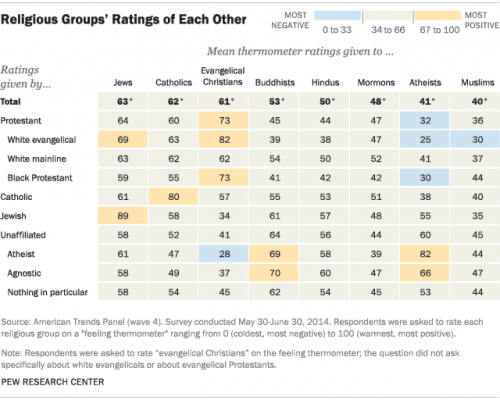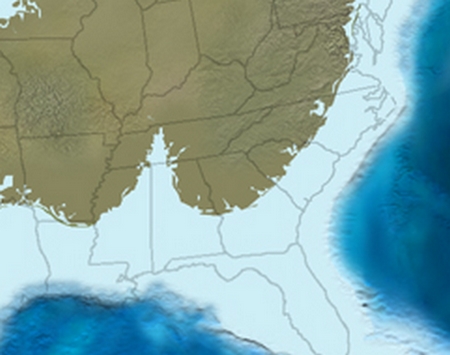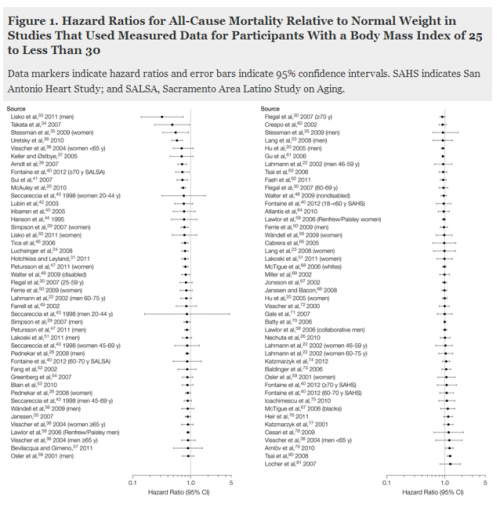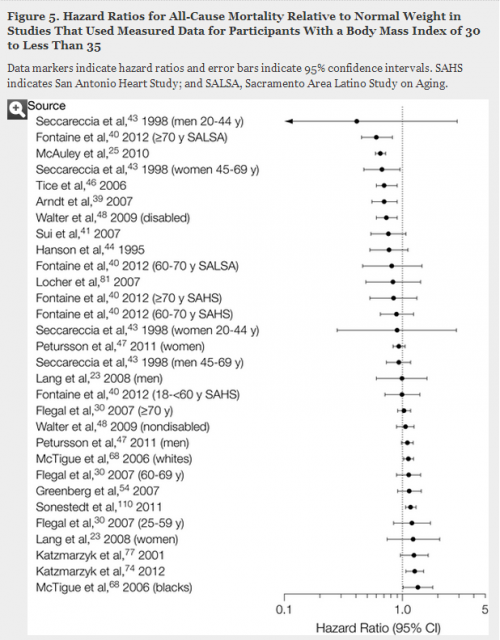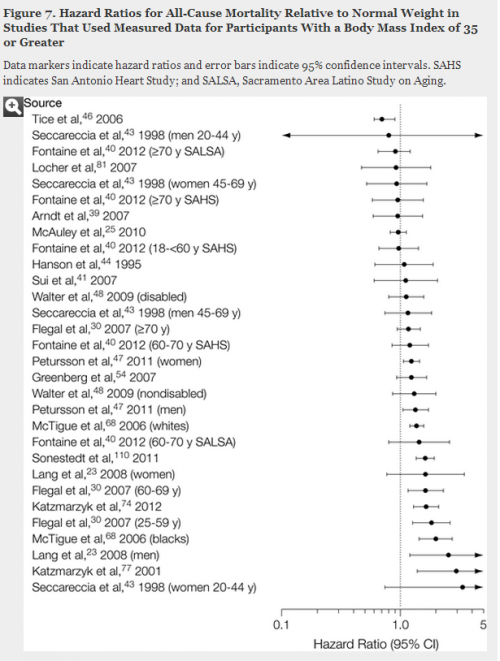Great comic by David Malki at Wondermark. H/t to @annettecboehm.
Lisa Wade, PhD is an Associate Professor at Tulane University. She is the author of American Hookup, a book about college sexual culture; a textbook about gender; and a forthcoming introductory text: Terrible Magnificent Sociology. You can follow her on Twitter and Instagram.We’re 7 years old today! To celebrate, check out this picture of seven capybaras.
Thanks to everyone who has visited over the last seven years! This is our 5,226th post and I can hardly believe it. Ready to charge on for another!
Here are some highlights from the last year. The blog never ceases to surprise!
- Volunteers put together two new Course Guides: Sociology of Work and Occupations and Family and Society.
- We put together three new Pinterest pages: Racist Antics at Colleges and High Schools, the Mean Girls Meme, and Marketing Feminism.
- Celebrity tweets! Musician Amanda Palmer and Piper Kerman, of Orange is the New Black fame, tweeted about us!
- We received an award from MERLOT for being an “outstanding” sociology resource.
- Charlotte’s letter to Lego went viral.
- Our contributor, sociologist Philip Cohen, had a new textbook come out, titled: The Family: Diversity, Inequality, and Social Change.
- We began seeing SocImages material re-posted at Business Insider.
- Our most liked post of the year: From the Mouths of Rapists: The Lyrics of Robin Thicke’s Blurred Lines, by Sezin Koehler, received 186,000 likes and counting.
- My Salon article on men’s difficulty forming friendships with other men hit a nerve.
- The Society Pages podcast interviewed me about what it’s like nurturing this site to life every day.
- Our 8-month-old Tumblr reached 17,000+ followers and we can now boast 57,000 Facebook, 20,000 Twitter, and 12,000 Pinterest followers. Y’all are the best!
Conspicuous consumption refers to the practice of ostentatiously displaying of high status objects. Think very expensive purses and watches. In the last few decades, as concern for the environment has become increasingly en vogue, it has become a marker of status to care for the earth. Accordingly, people now engage in conspicuous conservation, the ostentatious display of objects that mark a person as eco-friendly.
Driving a Prius and putting solar panels on visible roof lines, even if they aren’t the sunniest, are two well-documented examples. Those “litter removal sponsored by” signs on freeways are an example we’ve featured, as are these shoes that make it appear that the wearer helped clean up the oil spill in the gulf, even though they didn’t.
Well, welcome to the opposite: conspicuous pollution.
Elizabeth Kulze, writing at Vocativ, explains:
In small towns across America, manly men are customizing their jacked-up diesel trucks to intentionally emit giant plumes of toxic smoke every time they rev their engines. They call it “rollin’ coal”…
It’s a thing. Google it!
This is not just a handful of guys. Kulze links to “an entire subculture” on Facebook, Tumblr, and Instagram. “It’s just fun,” one coal roller says. “Just driving and blowing smoke and having a good time.”
It isn’t just fun, though. It’s a way for these men — mostly white, working class, rural men — to send an intrusive and nasty message to people they don’t like. That includes Prius drivers, cops, women, tailgaters, and people in vulnerable positions.
[youtube]https://www.youtube.com/watch?v=_gcb84qn3mU[/youtube]
[youtube]https://www.youtube.com/watch?v=rYPMbLO4pAY[/youtube]
Kulze reports that it costs anywhere between $1,000 and $5,000 to modify a pickup to do this, which is why the phenomenon resonates with conspicuous consumption and conservation. It’s an expensive and public way to claim an identity that the owner wants to project.
Lisa Wade, PhD is an Associate Professor at Tulane University. She is the author of American Hookup, a book about college sexual culture; a textbook about gender; and a forthcoming introductory text: Terrible Magnificent Sociology. You can follow her on Twitter and Instagram.This year tens of thousands of Central American children, fleeing violence and poverty, have been arriving in the U.S. seeking refuge. It’s a stunning story that has been covered widely in the media and Americans’ opinions about immigration have taken a hit.
The Pew Research Center collected data regarding American leniency toward undocumented immigrants in February and July, before and after media coverage of this crisis began. The results show that members of all political parties, on average, are less inclined to allow “immigrants living in U.S. who meet certain requirements” to stay legally (see far right column).
The strongest opponents are Republicans and members of the Tea Party. These groups were more opposed to enabling undocumented immigrants to stay legally to begin with and they showed the greatest change in response to this new crisis.
Republicans and Independents are also more likely than Democrats to think that we should speed up the deportation process, even if it means deporting children who are eligible for asylum.
Lisa Wade, PhD is an Associate Professor at Tulane University. She is the author of American Hookup, a book about college sexual culture; a textbook about gender; and a forthcoming introductory text: Terrible Magnificent Sociology. You can follow her on Twitter and Instagram.A blast from the past. Fred and Barney let their wives do all the work, pull out a pack of Winston’s:
Originally posted in 2008.
Lisa Wade, PhD is an Associate Professor at Tulane University. She is the author of American Hookup, a book about college sexual culture; a textbook about gender; and a forthcoming introductory text: Terrible Magnificent Sociology. You can follow her on Twitter and Instagram.Last month I posted data showing that, of all the things that might disqualify someone for public office, being an atheist is tops. I wrote: “Prejudice against those who say there’s no god is stronger than ageism, homophobia, and sexism.” On average, Americans would rather vote for someone who admitted to smoking pot or had an extramarital affair.
We just don’t like atheists.
But who is “we”?
A survey by the Pew Research Center asked Americans of varying religious affiliations how they felt about each other. atheists were most disliked by Protestants, especially White evangelicals and Black Protestants (somewhat less so White Mainline Protestants). Atheists quite liked themselves, and agnostics thought were they were okay. Among other religiously affiliated groups, Jews gave atheists the highest rating.
For what it’s worth, atheists feel warmish toward Jews in return, preferring them to everyone except Buddhists, and they dislike Evangelical Christians almost as much as the Christians dislike them.
Lisa Wade, PhD is an Associate Professor at Tulane University. She is the author of American Hookup, a book about college sexual culture; a textbook about gender; and a forthcoming introductory text: Terrible Magnificent Sociology. You can follow her on Twitter and Instagram.Flashback Friday.
I have borrowed the information and images below from Jeff Fecke at Alas A Blog. His discussion, if you’re interested, is more in depth.
There is a winding line of counties stretching from Louisiana to South Carolina, a set of states that largely voted for McCain in 2008, that went for Obama. The map below shows how counties voted in blue and red and you can clearly see this interesting pattern.

These counties went overwhelmingly for Obama in part because there is large black population. Often called the “Black Belt,” these counties more so than the surrounding ones were at one time home to cotton plantations and, after slavery was ended, many of the freed slaves stayed. This image nicely demonstrates the relationship between the blue counties and cotton production in 1860:

But why was there cotton production there and not elsewhere? The answer to this question is a geological one and it takes us all the way back to 65 million years ago when the seas were higher and much of the southern United States was under water. This image illustrates the shape of the land mass during that time:
I’ll let Jeff take it from here:
Along the ancient coastline, life thrived, as usually does. It especially thrived in the delta region, the Bay of Tennessee, if you will. Here life reproduced, ate, excreted, lived, and died. On the shallow ocean floor, organic debris settled, slowly building a rich layer of nutritious debris. Eventually, the debris would rise as the sea departed, becoming a thick, rich layer of soil that ran from Louisiana to South Carolina.
65 million years later, European settlers in America would discover this soil, which was perfect for growing cotton.
So there you have it: the relationship between today’s political map, the economy, and 65 million years ago.
Lisa Wade, PhD is an Associate Professor at Tulane University. She is the author of American Hookup, a book about college sexual culture; a textbook about gender; and a forthcoming introductory text: Terrible Magnificent Sociology. You can follow her on Twitter and Instagram.Last year the Journal of the American Medical Association released a study aiming to determine the relationship between body mass index and the risk of premature death. Body mass index, or BMI, is the ratio between your height and weight. According to the National Institutes of Health, you are “normal weight” if your ratio is between 18.5-24.9. Everything over that is “overweight” or “obese” and everything under is “underweight.”
This study was a meta-analysis, which is an analysis of a collection of existing studies that systematically measures the sum of our knowledge. In this case, the authors analyzed 97 studies that included a combined 2.88 million individuals and over 270,000 deaths. They found that overweight individuals had a lower risk of premature death than so-called normal weight individuals and there was no relationship between being somewhat obese and the rate of early death. Only among people in the high range of obesity was there a correlation between their weight and a higher risk of premature death.
Here’s what it looked like.
This is two columns of studies plotted according to the hazard ratio they reported for people. This comparison is between people who are “overweight” (BMI = 25-29.9) and people who are “normal weight” (BMI = 18.5-24.9). Studies that fall below the line marked 1.0 found a lower rate of premature death and studies above the line found a higher rate.
Just by eyeballing it, you can confirm that there is not a strong correlation between weight and premature death, at least in this population. When the scientists ran statistical analyses, the math showed that there is a statistically significant relationship between being “overweight” and a lower risk of death.
Here’s the same data, but comparing the risk of premature death among people who are “normal weight” (BMI = 18.5-24.9) and people who are somewhat “obese” (BMI = 30-34.9). Again, eyeballing the results suggest that there’s not much correlation and, in fact, statistical analysis found none.
Finally, here are the results comparing “normal weight” (BMI = 18.5-24.9) and people who are quite “obese” (BMI = 35 or higher). In this case, we do see a relationship between risk of premature death in body weight.
It’s almost funny that the National Institutes of Health use the word normal when talking about BMI. It’s certainly not the norm — the average BMI in the U.S. falls slightly into the “overweight” category (26.6 for adult men and 25.5 for adult women) — and it’s not related to health. It’s clearly simply normative. It’s related to a socially constructed physical ideal that has little relationship to what physicians and public health advocates are supposed to be concerned with. Normal is judgmental, but if they changed the word to healthy, they have to entirely rejigger their prescriptions.
So, do we even have an obesity epidemic? Perhaps not if we use health as a marker instead of some arbitrary decision to hate fat. Paul Campos, covering this story for the New York Times, points out:
If the government were to redefine normal weight as one that does not increase the risk of death, then about 130 million of the 165 million American adults currently categorized as overweight and obese would be re-categorized as normal weight instead.
That’s 79%.
It’s worth saying again: if we are measuring by the risk of premature death, then 79% of the people we currently shame for being overweight or obese would be recategorized as perfectly fine. Ideal, even. Pleased to be plump, let’s say, knowing that a body that is a happy balance of soft and strong is the kind of body that will carry them through a lifetime.
Cross-posted at Adios Barbie.
Lisa Wade, PhD is an Associate Professor at Tulane University. She is the author of American Hookup, a book about college sexual culture; a textbook about gender; and a forthcoming introductory text: Terrible Magnificent Sociology. You can follow her on Twitter and Instagram.



